The Roof of the World: Jimit’s Family Trip to Ladakh with Thrillophilia
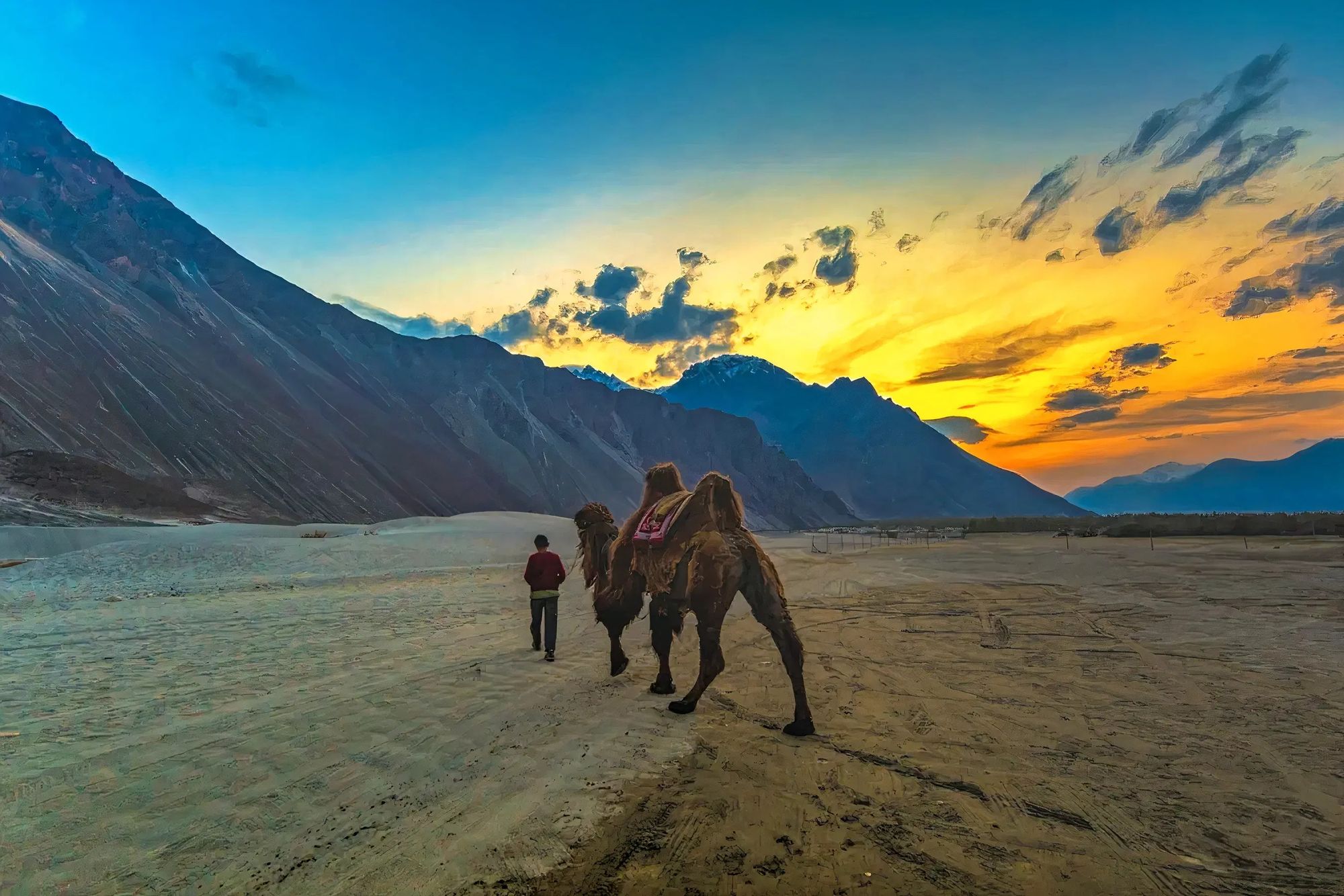
The start of 2025 is the time that glows in our family’s memory. My wife, our two kids, my parents, and I touched down in Leh, the high-altitude region often called the “Roof of the World”. As we stepped off the plane, the fresh mountain air greeted us.
A representative from Thrillophilia welcomed us in a traditional Ladakhi fashion with smiles and beautiful warmth. We climbed into a sanitised vehicle, and at the hotel, refreshing welcome drinks awaited us. The whole arrangement was smooth and thoughtful.
Over breakfast, our little one gazed out as she took her first sip of Kahwa (Kashmiri tea). We spent the morning resting and savouring the slow-calming altitude.
By evening, we travelled to the Leh Market, wandered through craft stalls, and shared curiosity in every price negotiation. We then visited Leh Palace above the town and strolled up to Shanti Stupa for the sunset. As the setting sun’s light fell on the dome and mountains, I felt our hearts sync in that moment.
Over a delicious hotel dinner that night, my wife held my hand. “This feels perfect,” she whispered. I nodded as it truly did.
Into the Cold Desert of Nubra
Our second day in Leh began early. With bags packed, we set off to Nubra Valley through Khardung La Pass, one of the highest motorable roads on Earth. Every mile we climbed, the air turned fresher, the views turned grander, and the children’s excited chatter grew louder.
At Rinchen Cafe, steaming Maggi and masala chai energised us. My son looked wide-eyed and said, “It feels like sitting on top of the world!”
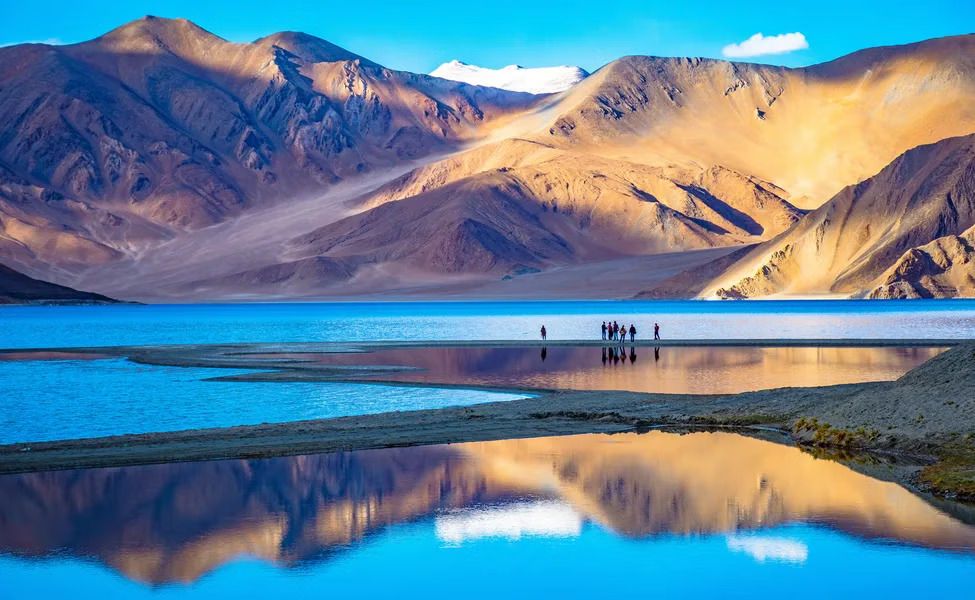
Later, we stood quietly before the tall 32-metre Maitreya Buddha at Diskit Monastery, with its calm presence holding us in awe. My daughter asked softly, “Why is it so peaceful here, Papa?” I realised peace is just about being present.
Dinner that evening was at our desert campsite beneath a sky full of stars. My father started sharing stories over the bonfire. The children listened wide-eyed, and I saw our travel bubble growing closer.
The Ever-Changing Hues of Pangong
The next morning, we bid Nubra goodbye and drove to Pangong Tso, a lake known for its dramatic colour changes. We paused by the Shyok River, where the children dipped their toes into ice-cold water and screamed with joy.
Arriving at Pangong Lake felt like stepping into a painting. The water shifted from pale green to deep blue, surrounded by distant hills that glowed at sunrise and sunset alike.
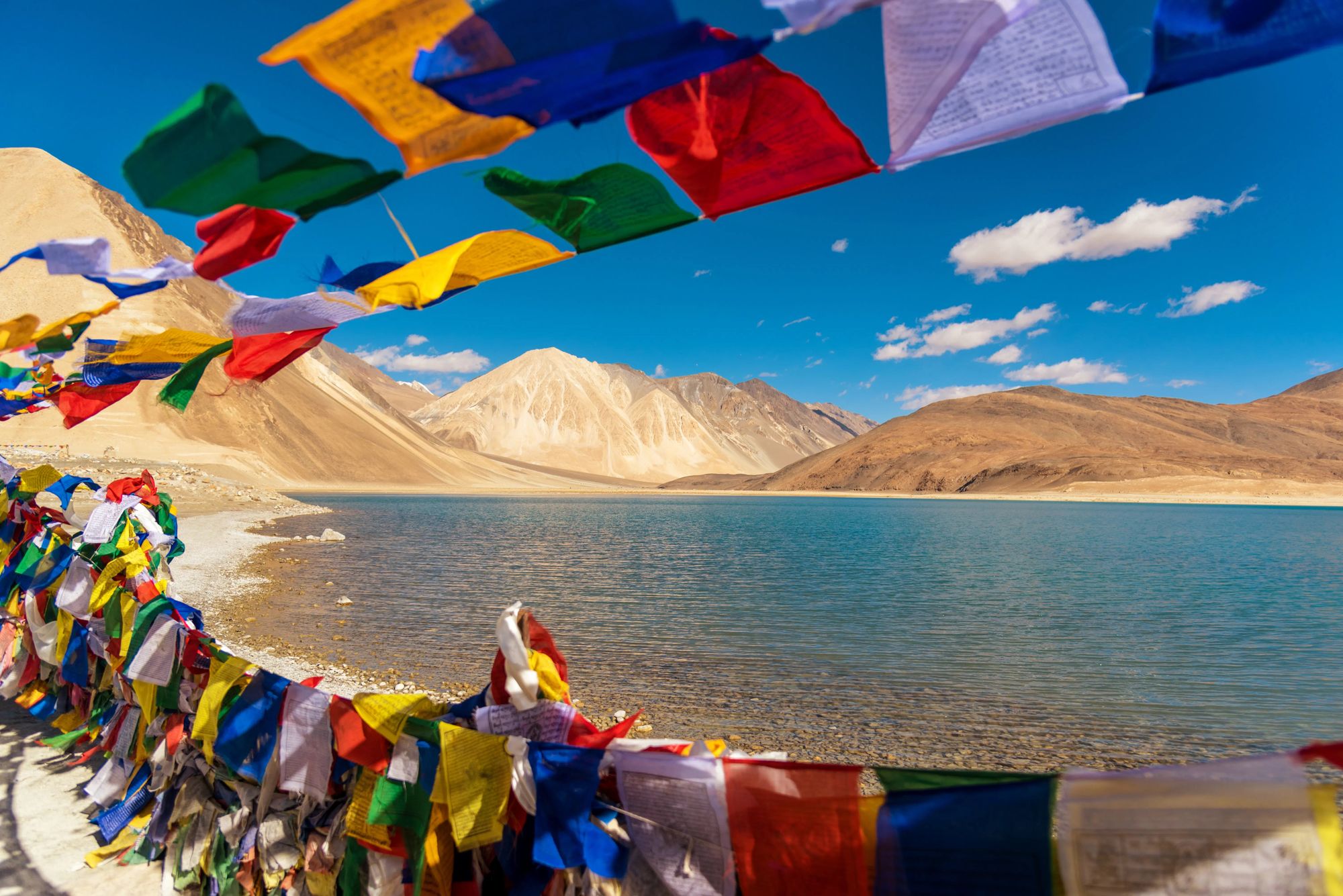
We walked along the lakeshore while skipping stones and sharing laughter.
At night, we camped on the side of the lake. In our cosy tents, the children fell asleep as they were completely exhausted.
Experiencing Tradition from Chang La to Thiksey
On the fourth day, we retraced our journey back to Leh via Chang La Pass and its peaceful temple of Chang La Baba. We offered candles, said prayers, and felt the calm return.
At the Druk Padma Karpo School, which you might recognise from the movie “3 Idiots,” we watched local children laugh and learn. It reminded me that sometimes, the smallest hearts carry the greatest joy.
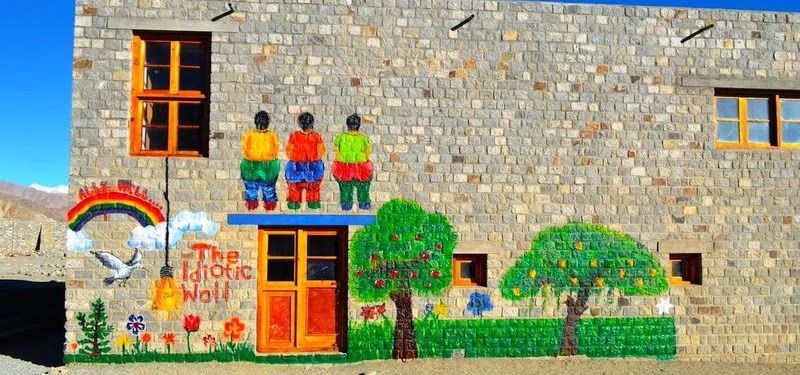
Later, we experienced Ladakhi culture at Thiksey Monastery. The quiet chants floating over the valley views spoke of generations. We felt part of that lineage, however briefly.
We returned to our hotel in Leh, more connected to ourselves, to each other, and to the Himalayan spirit.
Stories of Lamayuru and Kargil
The 5th day took us from Leh to Kargil via Lamayuru Monastery, one of the oldest in India. Its moon-like landscape and weathered ancient walls made our little ones stop in wonder.
We then visited the dramatic Basgo Palace against ochre skies. Its steep ramparts and ancient halls triggered my inner history enthusiast.
Continuing our route, we passed the Giant Buddha of Mulbekh, carved into the cliffside. We were humbled by its scale and silent resilience.
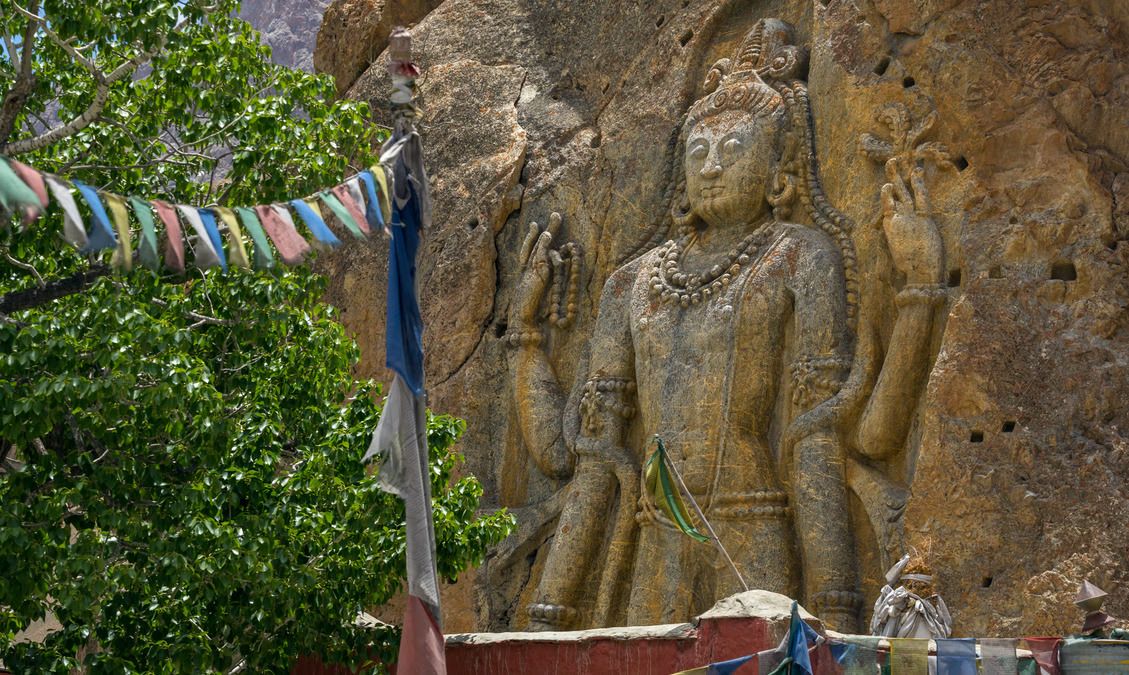
We spent that night in Kargil. As dusk fell, we lit a bonfire, sipped chai, and watched starlight meet desert air. Our family’s collective sigh felt like a lullaby the mountains sang to our returning selves.
Through the Cold Drass to Serene Srinagar
The next day, we began our journey from Kargil to Srinagar through Drass. The temperature dropped, and the kids covered themselves in their jackets while turning the ride into their own snowy adventure.
We drove past Tiger Hill and the deeply touching sites of the Kargil War Memorial, and murmured our respect to the soldiers who fought fiercely. I felt proud of our country and for the journey of discovery we were taking as a family.
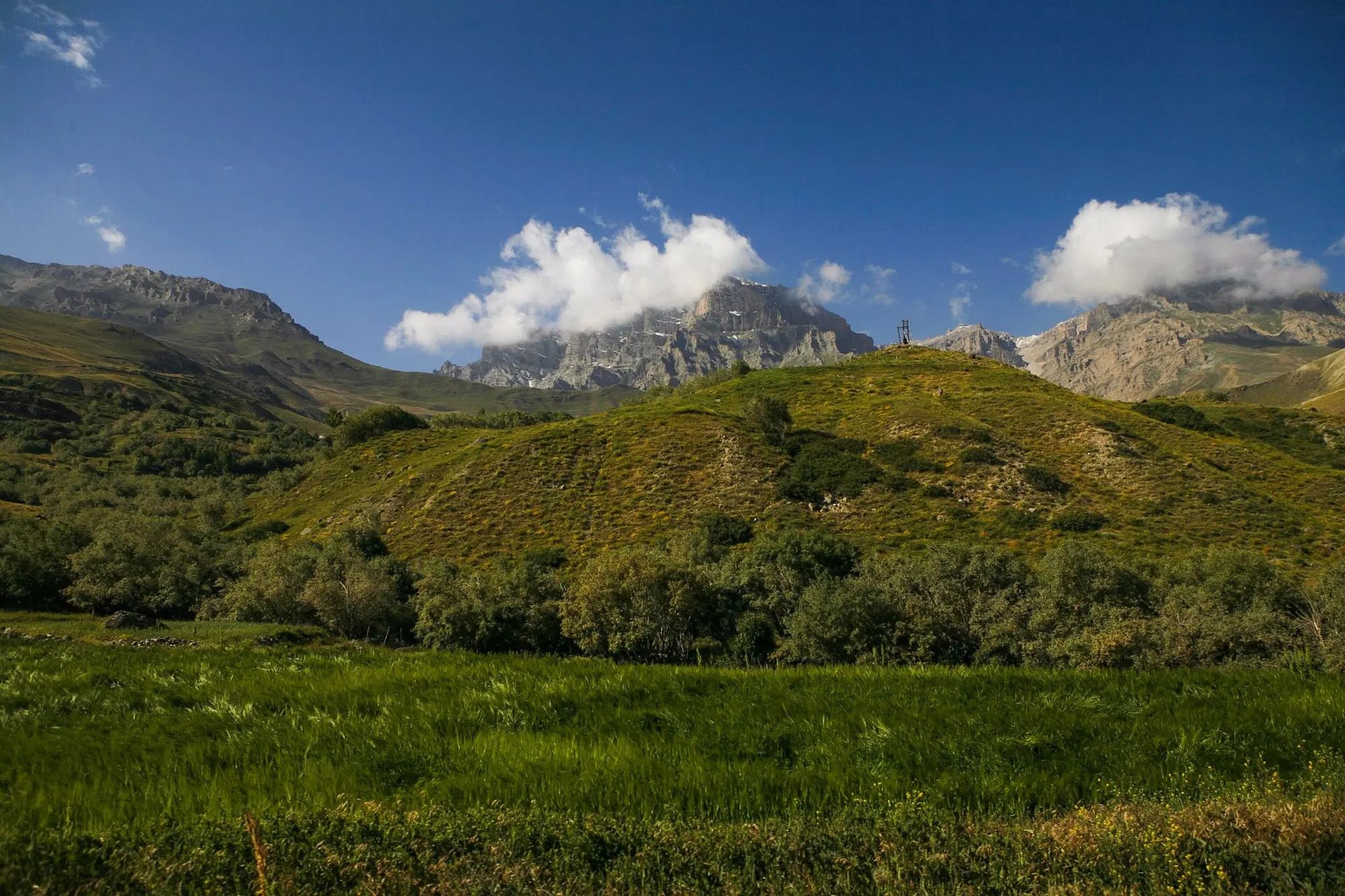
By evening, we arrived in Srinagar.
After resting for that day, we stepped into Kashmiri flavours during breakfast. Soaking in the views for some time, we boarded the car for the airport. Our bags were full of souvenirs, and our hearts were full of memories.
We returned home more connected to each other and to the world.
To anyone wondering if a family trip to Ladakh is worth it, I promise you that it is a journey that your heart carries forward every day after.
Read More: Thrillophilia Ladakh Reviews